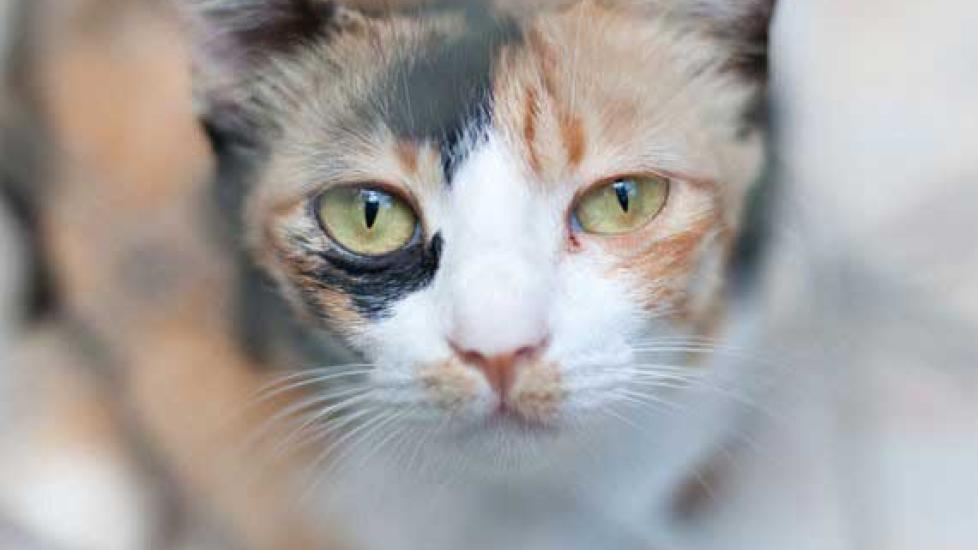Foods for Constipated Cats
Constipation is a troubling and common digestive tract problem for cats. It occurs when the stool is too large and/or too firm to be expelled. Constipation is the likely culprit when a cat is straining in the litter box and produces few or no stools, or those stools that do come out are dry and firm.
Many conditions cause constipation in cats, including:
Dehydration — caused by:
- Disease
- Dietary factors (e.g., inadequate water intake)
- Medications
GI motility problems — caused by:
- Electrolyte abnormalities
- Intestinal inflammation (e.g., inflammatory bowel disease)
- Medications
Difficulty defecating — due to:
- Pain (e.g., fractures of the pelvis or hind limb, arthritis, impacted anal glands)
- Orthopedic problems
- Neurologic problems
Obstruction of colon — due to:
- Foreign material (e.g., dietary indiscretion, hair from excessive grooming)
- Tumor
- Hernia
Idiopathic — Unknown cause:
- Megacolon
Once constipation is identified, it must be corrected as soon as possible to reduce the risk of permanent damage due to prolonged distension of the colon. Effective treatment involves identifying and correcting the underlying disorder (if possible), removing the impacted feces, and preventing recurrences. A thorough history (including analysis of diet and feeding habits), physical examination, blood work, and urinalysis are needed to rule out many causes of constipation. Radiographs (X-rays) of the spine and hind limbs may also be necessary to identify the underlying cause.
If your cat suffers from chronic constipation, dietary modification may help reduce the risk of recurrence. Important considerations include:
Increasing water intake:
- Feed canned food — increased water content will improve hydration and soften the feces
- Add water to dry food if your cat will not eat canned food
- Use water fountains or running water sources
Reducing weight (obesity increases the risk of constipation) with one of two types of weight loss diets:
- High fiber diets help some cats lose weight and increase intestinal motility
- High protein, low carbohydrate (and low fiber diets) most closely resemble a cat’s natural diet
- Exercise to shed excess pounds and help to stimulate intestinal motility
Highly digestible diets:
- Reduce stool output
- May reduce inflammation in the intestines
- Help GI motility
Fiber — a tricky nutrient that can help some cases of constipation, but worsen others.
- Insoluble fibers (cellulose, wheat bran, and oat fiber) bulk the stool and help speed movement through the intestinal tract when no GI motility problems exist
- Soluble fibers (pectins, guar gum and oat bran) feed the colonocytes (cells of the colon) and help to improve GI motility disorders
- Mixed fibers (psyllium, beet pulp, pea fiber) have the benefits of both types of fiber
- Because fiber has such a variety of effects, it is best to start with a small amount and increase the dose gradually until the desired effect is reached
Make an appointment with your veterinarian to identify the underlying cause of cat constipation and to determine the best diet to resolve, or at least improve, the problem.

Dr. Jennifer Coates
Reference
Veterinary Information Network (VIN). Comparison Of Properties Of Psyllium, Inulin, And Wheat Dextrin; Which To Use As Fiber Sources For Cats; Fiber For Constipation/Obstipation In Cats? Accessed February 26, 2014.
Image: arztsamui / Shutterstock
